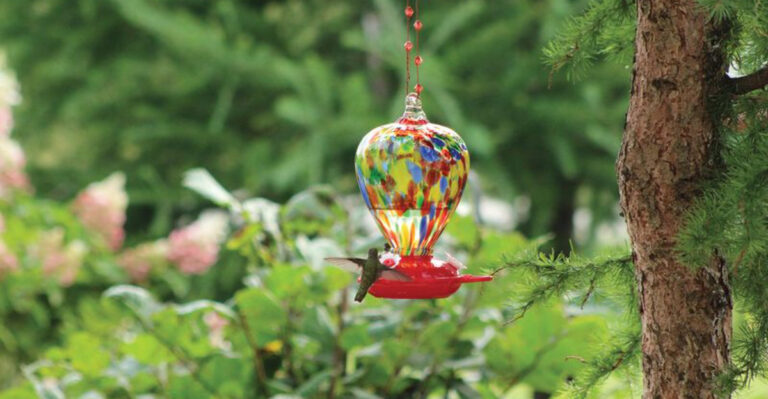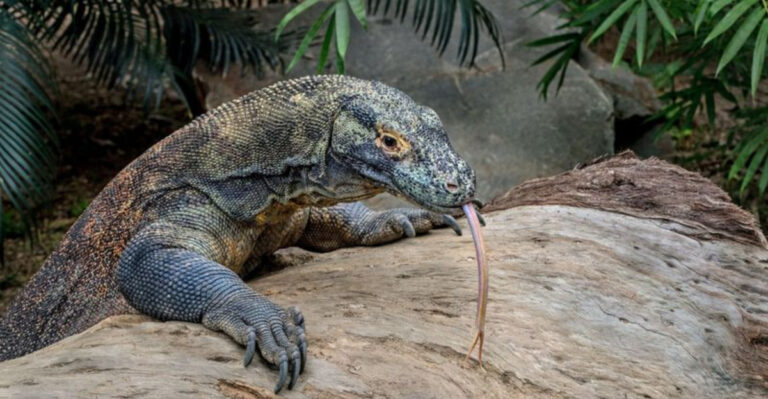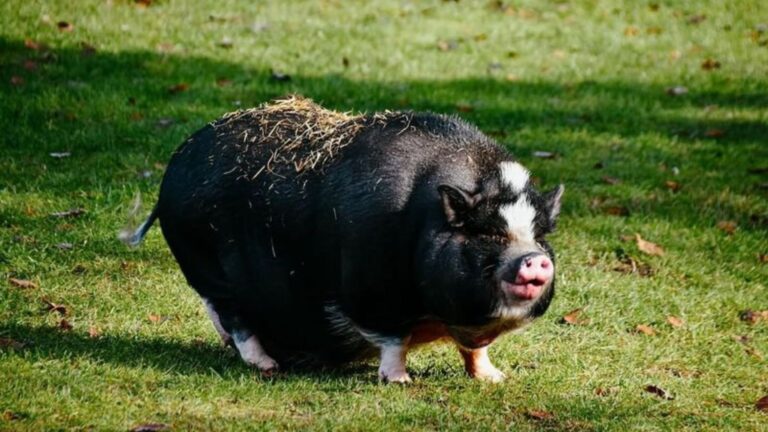15 Fascinating Facts About The Japanese Serow, The Goat-Antelope Of Honshu

Meet the Japanese serow, an intriguing creature blending the features of goats and antelopes.
This delightful animal roams the mountain forests of Honshu, Japan, showcasing its unique blend of traits.
These lesser-known facts will uncover the mysteries and quirks of this fascinating species.
1. Mountain Dweller
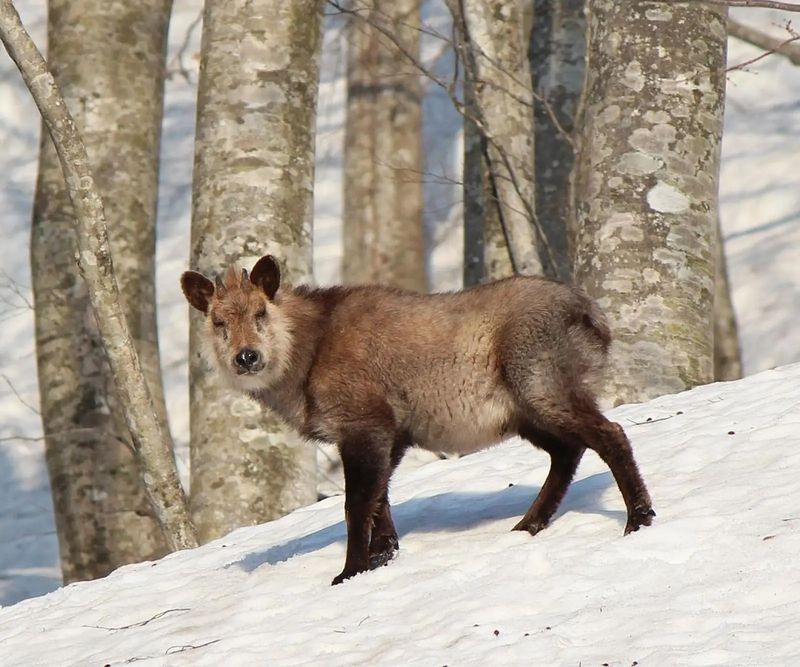
The Japanese serow is an expert mountaineer, thriving in the rugged highlands of Honshu. With nimble hooves and a keen sense of balance, it navigates steep and rocky slopes effortlessly.
Its tough coat provides excellent insulation against the chill winds of its mountainous home, making it perfectly adapted to its environment.
2. Solitary Nature
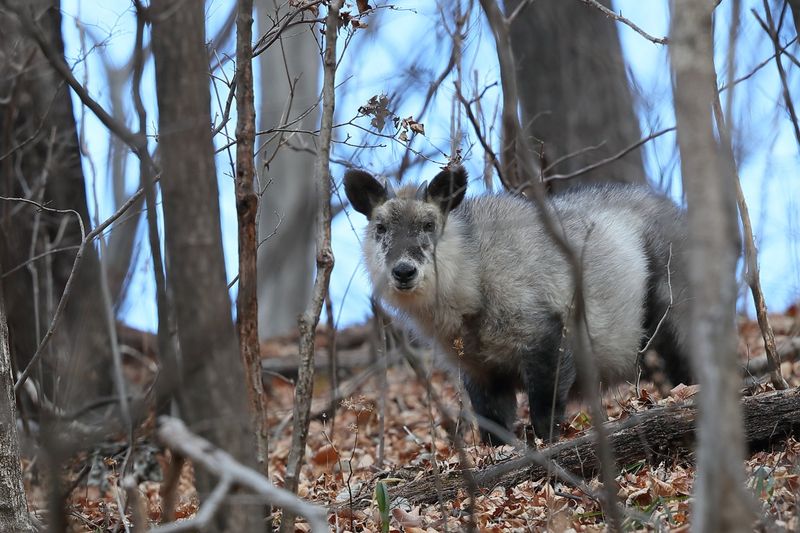
Unlike its more social relatives, the Japanese serow prefers solitude in the dense forests. It spends its days wandering alone, quietly browsing on leaves and shrubs.
This introverted lifestyle helps it avoid predators and conserve energy, allowing its population to thrive in the secluded corners of Japan.
3. Unique Appearance
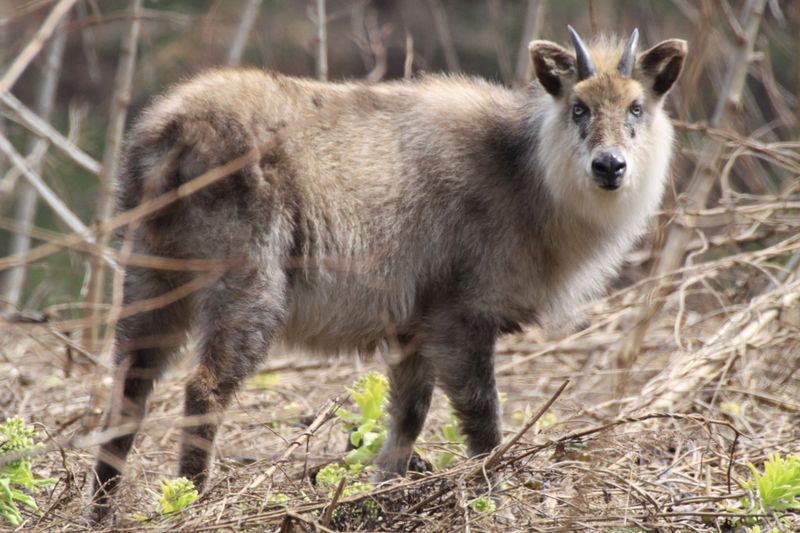
The serow’s striking appearance is a blend of quirky features. Sporting shaggy fur and short, backward-curving horns, it presents a look that’s both endearing and somewhat mystical.
This unique appearance isn’t just for show; the thick fur also provides warmth and protection from the elements.
4. Symbol Of Conservation
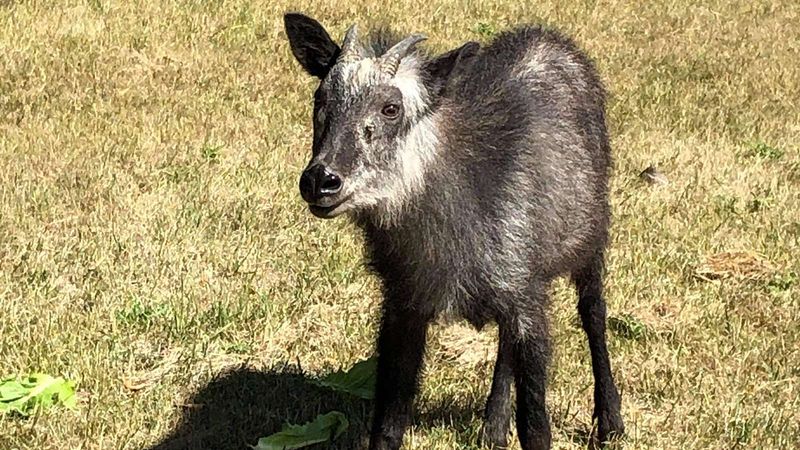
Celebrated as a national treasure, the Japanese serow is a symbol of successful conservation in Japan. Once hunted extensively, its numbers dwindled, prompting protective measures.
Today, its population has rebounded, and it stands as a testament to effective wildlife management practices.
5. Dietary Preferences
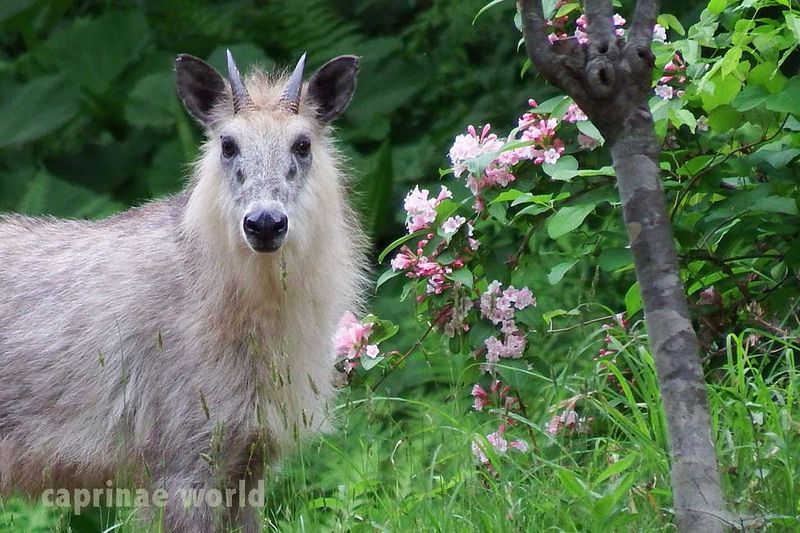
A true connoisseur of foliage, the Japanese serow has a diet primarily composed of leaves, buds, and twigs. Its strong jaw and teeth are well-suited to munching through tough plant material.
This herbivore’s dietary preferences play a crucial role in its habitat, aiding in the control of vegetation growth.
6. Morning Activity
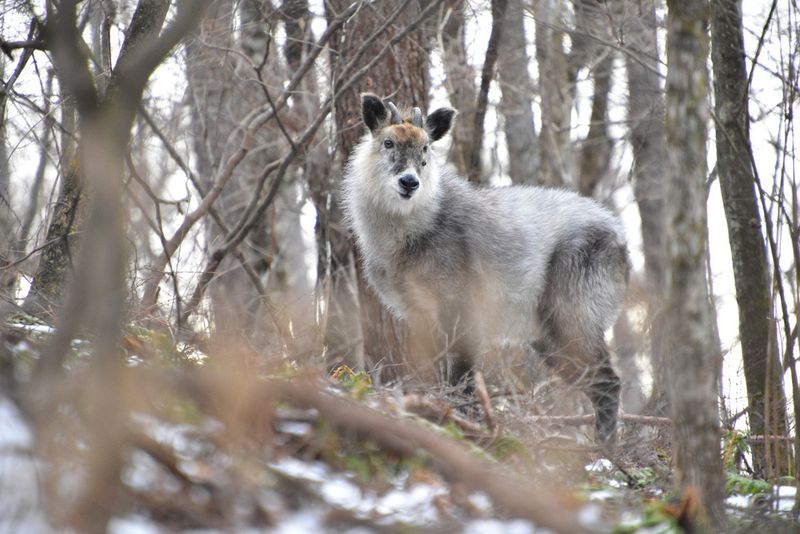
An early riser, the Japanese serow is most active during the cool morning hours. It takes advantage of the quiet dawn to forage, avoiding the midday heat.
Foraging while the forest is still waking up gives it a peaceful start and access to the freshest leaves and twigs.
7. Adaptable Lifestyle

Remarkably adaptable, the Japanese serow can thrive in various environments, from thick forests to open meadows. Its flexible diet and robust constitution allow it to adjust to diverse habitats.
This adaptability ensures its survival across a range of ecosystems, making it a resilient species.
8. Distinctive Call
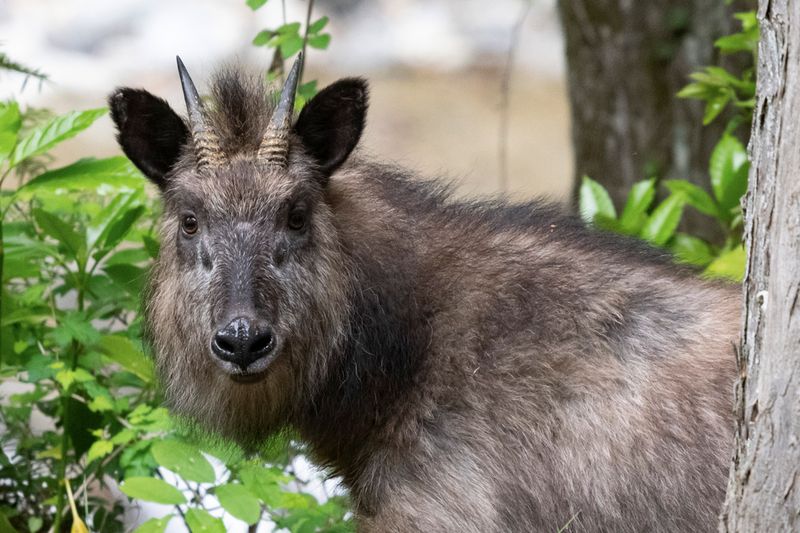
With a voice as unique as its appearance, the Japanese serow emits a distinct call used for communication. This call echoes through the forests, aiding in maintaining territory and signaling its presence.
The serow’s vocalizations are a fascinating aspect of its behavior, offering insights into its social interactions.
9. Cultural Significance
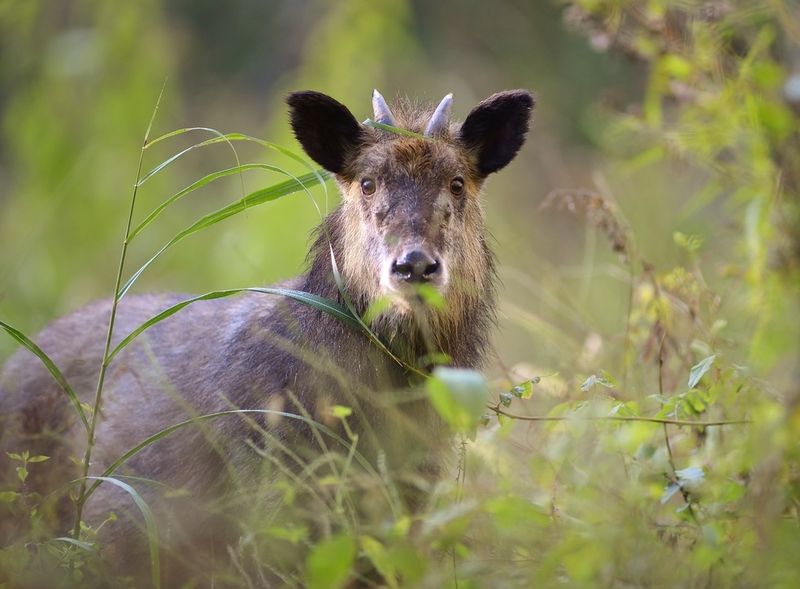
In Japan, the serow holds cultural and spiritual significance. Often depicted in traditional artwork, it symbolizes harmony with nature.
As a creature revered for its grace and resilience, the serow is more than just an animal; it’s a cultural icon embodying the spirit of the Japanese wilderness.
10. Secretive Habits
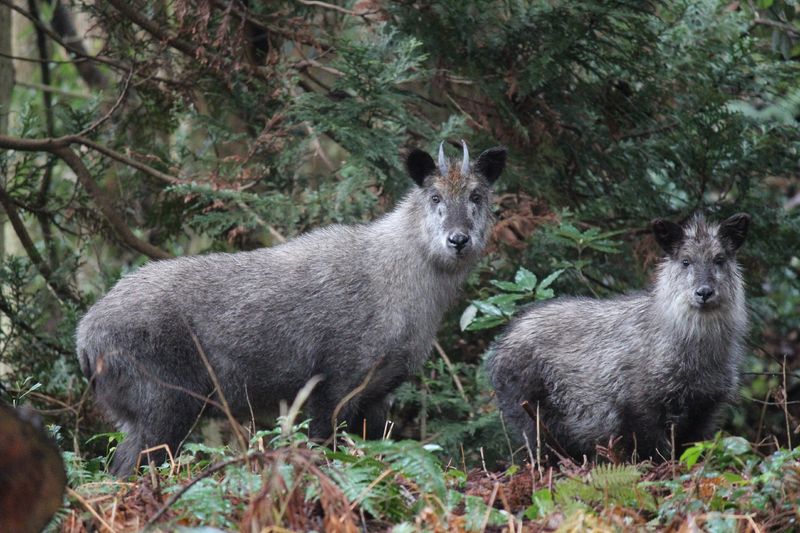
Naturally secretive, the Japanese serow is an elusive presence in its habitat. Its cautious nature keeps it hidden from predators and human eyes alike.
This shy behavior is key to its survival, allowing it to maintain a low profile while navigating the underbrush of its forested home.
11. Ecosystem Role
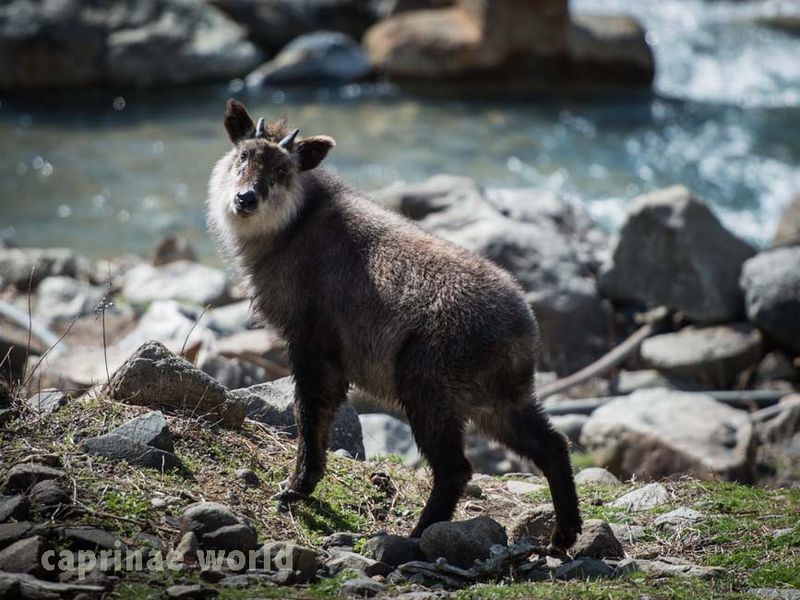
The Japanese serow plays a vital role in its ecosystem as both a grazer and a seed disperser. By feeding on various plants, it helps control vegetation growth and maintain the balance of its habitat.
Its movements also aid in the distribution of seeds, supporting plant diversity in the region.
12. Historical Background
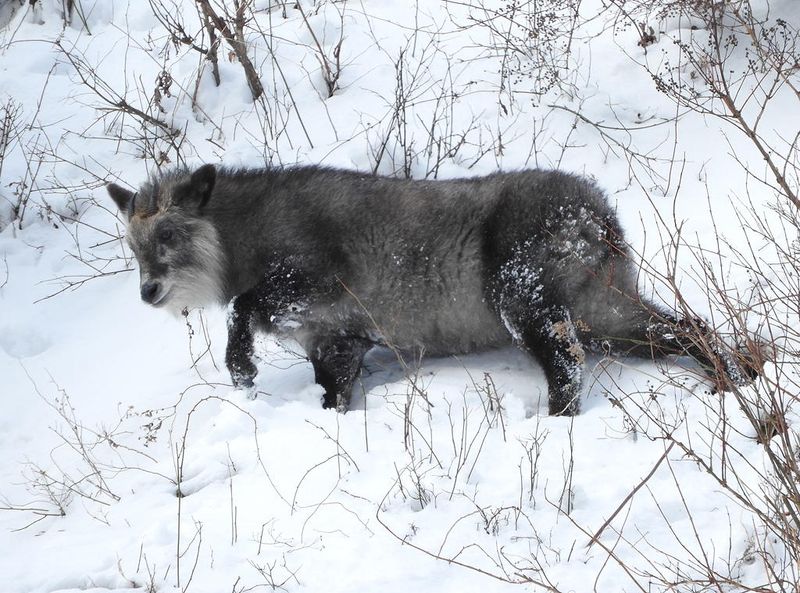
The history of the Japanese serow is intertwined with Japan’s natural heritage. Once considered mythical, it was revered in ancient texts and folklore.
The transformation from a hunted animal to a protected species mirrors Japan’s evolving approach to wildlife conservation.
13. Natural Camouflage
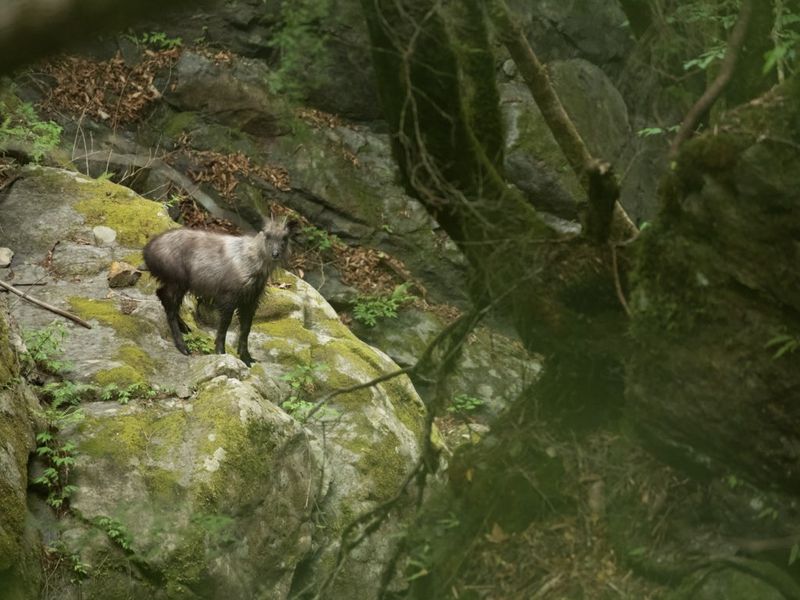
The serow’s natural camouflage is a marvel of evolution. Its muted fur tones blend seamlessly with the forest floor, providing it with excellent cover from predators.
This camouflage is vital for its survival, allowing it to move unnoticed through the dense vegetation of its mountainous habitat.
14. Gentle Movement
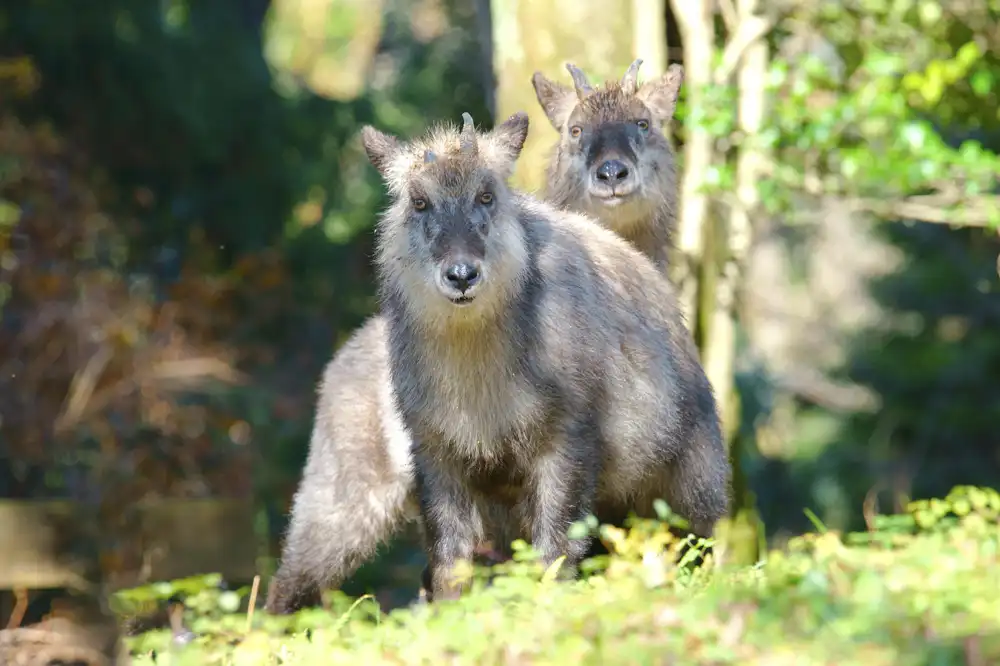
Despite a sturdy frame, the Japanese serow moves with surprising grace. Gentle, deliberate steps let it glide through underbrush almost silently.
Such elegant movement plays a key role in staying hidden from predators.
15. Future Challenges
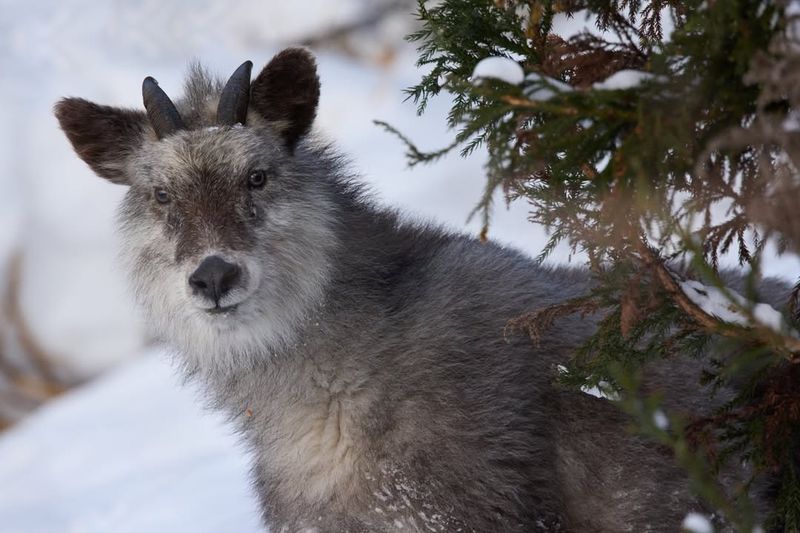
Facing a modern world, the Japanese serow encounters challenges from habitat loss and climate change. These threats pose significant risks to its future, requiring ongoing conservation efforts.
Ensuring the serow’s continued presence in Japan’s forests is crucial for preserving the biodiversity of the region.

